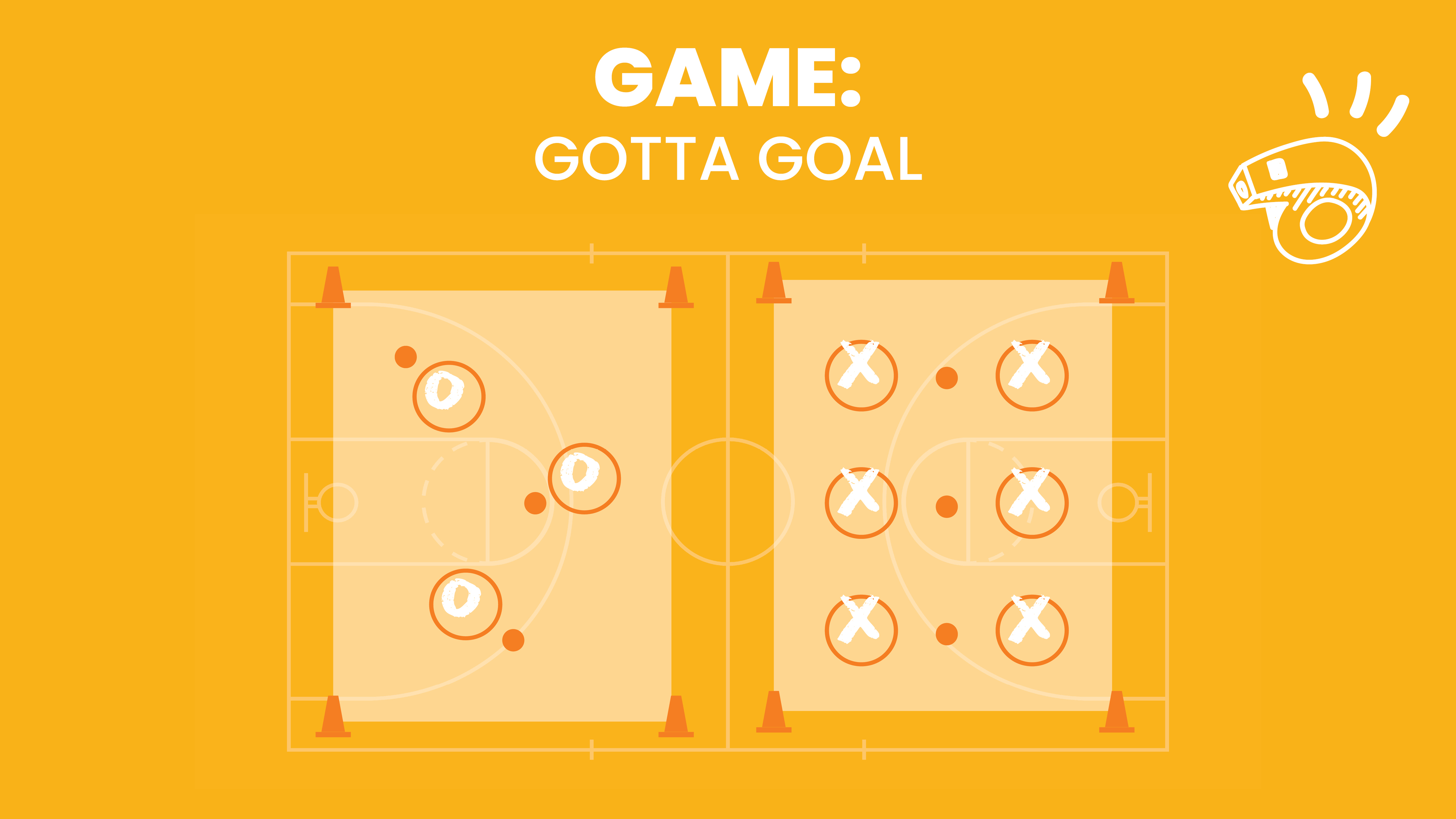Gotta Goal
Learn about setting short-term goals during a throwing and catching activity.

Game
Learn about setting short-term goals during a throwing and catching activity.

Aim high! Make a plan to reach you goals!
Say: Let’s see if you can solve some riddles about the four parts of fit. I will give you a clue, then you guess whether I am talking about recharge, mood, food, or move. (Practice each movement before you read the riddle clues that follow.)
Here are the clues:
You can set recharge, mood, food, or move goals to make healthy choices. Goals can be big (long-term goals), like wanting to be an astronaut or playing on a professional sports team, or small (short-term goals), like drinking water instead of soda or turning off screens in the evening. Goals always start with a plan. Without a plan, a goal is just a wish.
To set a goal, remember G-O-A-L-S:
The number one thing you need to know is to set a goal, you need a plan!
Today we are going to practice setting goals. You will engage in throwing and catching activities, then make a plan and set a goal to improve your throwing and catching skills.
Describe a goal you will work on this week. What is your plan?
Standard 1: Use functional health information to support health and well-being
Standard 5: Use a decision-making process to support personal and community health and well-being
Standard 6: Use a goal-setting process to support personal and community health and well-being
Would you Rather? is a fun and engaging physical education game designed to teach learners about healthy choices through movement. The game involves a series of challenges that require students to use various movements and actions to represent different healthy behaviors.
Play GameThis PE game uses movement and music to teach kids what influences their healthy choices.
Play GameIn this PE game, learners practice making healthy recharge, mood, food, and move choices at different activity stations.
Play Game